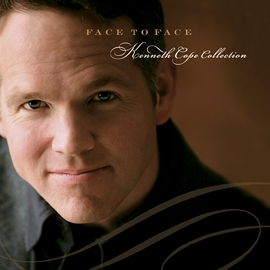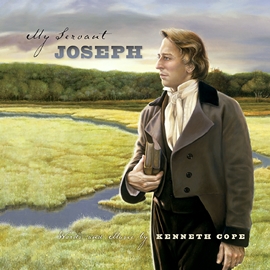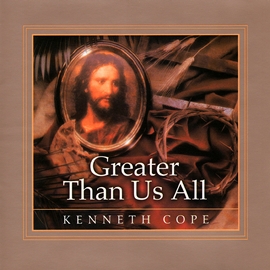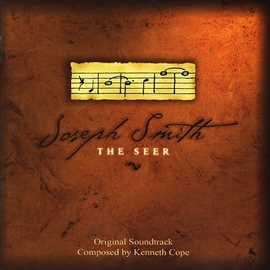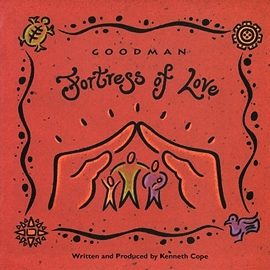 SON of MAN
SON of MAN
Why Son of Man?
From the Preface in the book:
The story of the life of Jesus Christ is astonishing. It repetitively speaks of supernatural events and even some extra-terrestrial visitations. It boasts of battles with demons, and a head on collision with the powers of this world. The Hero displays incomparable wisdom, generosity, forbearance, and love. Meanwhile, there’s a traitor among His closest friends. Even the leaders of His own nation conspire against Him, finding a way to convince their enemies to follow through with His execution. And through it all, this dynamic Protagonist is full of surprises. He miraculously restores countless diseased and maimed persons to health and wholeness, multiplies food for thousands, controls the weather, suspends gravity, declares Himself God’s Son, forgives His executioners, and even raises Himself from death.
What a story!
And if you’re a believer, it isn’t fiction—which makes the story even more astonishing.
Back before the turn of the new millennium I began writing songs about Jesus’ story. It wasn’t long before I felt determined to shape these lyrical vignettes into a dramatic musical for the stage. However, I quickly realized that there were vital questions to answer if I were to successfully condense the greatest story ever sung into a manageable length: How much of Jesus’ story should be told? Which specific moments in His life shouldn’t be omitted? Could the overarching theme of His life and story be told without telling all of it?
On top of that, I felt the need to employ a literary mechanism that would make recounting the story feel purposeful for our characters, and natural to the audience. So, I decided to frame the telling of Jesus’ story within the invented context of a later story. Son of Man opens in 66 AD—more than three decades after Christ’s death and resurrection—with John the Beloved, one of Jesus’ original apostles still alive, entering the city of Jerusalem at night. He has come to gather the Christians living there and lead them to a safer region.
While in the Holy City, John runs into his old friend, Judah, who, many years earlier, stood at his side when they were both young and eager disciples of John the Baptist. Judah and John immediately begin discussing the particulars of why John is there, affording Judah an opportunity to vent his ongoing dissatisfaction that God’s promised Messiah has still not come.
Not long after these two men first met, their paths split into two very different courses. John moved on to become a devoted disciple of Jesus of Nazareth; and Judah, lacking confidence in Jesus’ Messiahship and teachings, turned away to become a hearsay witness of the events that led to Jesus’ death. But on this night, John pleads with his old friend to let him tell a more detailed account of Jesus’ story—the story that Judah never heard.
Judah is happy to see his former companion, and sensing what it would mean to him, he agrees to listen. John encourages him to listen with his heart, for that could make all the difference.
(And while Judah’s character is fictional to the Bible, he represents a cross section of the numerous objections with which so many of the Jews struggled in accepting Jesus as the long awaited Messiah.)
With that, the stage is set for us to gaze back in time with John and Judah and experience “the tale above all tales.” What will Judah do with what he hears? What will you do?
Finally, I feel happy that after 23 years of effort, Son of Man the musical is a finished, created work. And while I hope that its premiere on the stage is soon to follow—as well as an eventual feature film—for now, you can experience its power with the help of this little book and your own glorious imagination. As you proceed ahead to the opening number, “We Leave at Dawn,” and push the play button, you will read scene descriptions (in italics), and follow along with lyrics sung by more than 50 character soloists who will assist you on this journey.
In conclusion, my heart reaches out to the world with this. Son of Man is a spiritual work. It was created with the hope of helping the listener become more in tune with the Spirit of Jesus Christ. Sharing Jesus’ story has great purpose for me, because the story of Christ is much more than an astonishing story. It demands something from us. Christ said things about His identity that cannot be lightly brushed aside. He claimed power to forgive sins, to free mankind from spiritual bondage, to save humanity from the finality of death, and to grant them profound joy in an ongoing afterlife of the soul.
Sadly, however, for many people today, Jesus remains an icon only, not reachable, not tangible, but mysterious and ethereal. He’s an image they have in their mind, inspired by a statue or a painting, but they find in Him no flesh and bones, no here and now; He’s not personal, not relevant.
Nevertheless, that’s one of the great differences between Jesus Christ and every other person from mortal history. Humans come and go. They live, and then they die, leaving behind their legacy, whether good or bad. And while their words and the memory of their deeds might linger and have influence, they are no longer here with us. They have moved on. However, Jesus has promised to all those who believe in Him and seek to follow His teachings, that He would not leave them—that He would abide in them, and be with them to the end of the world. Can Jesus keep that promise?
He has kept it with me.
This is my monument to Him.
Kenneth Cope
June 2022





